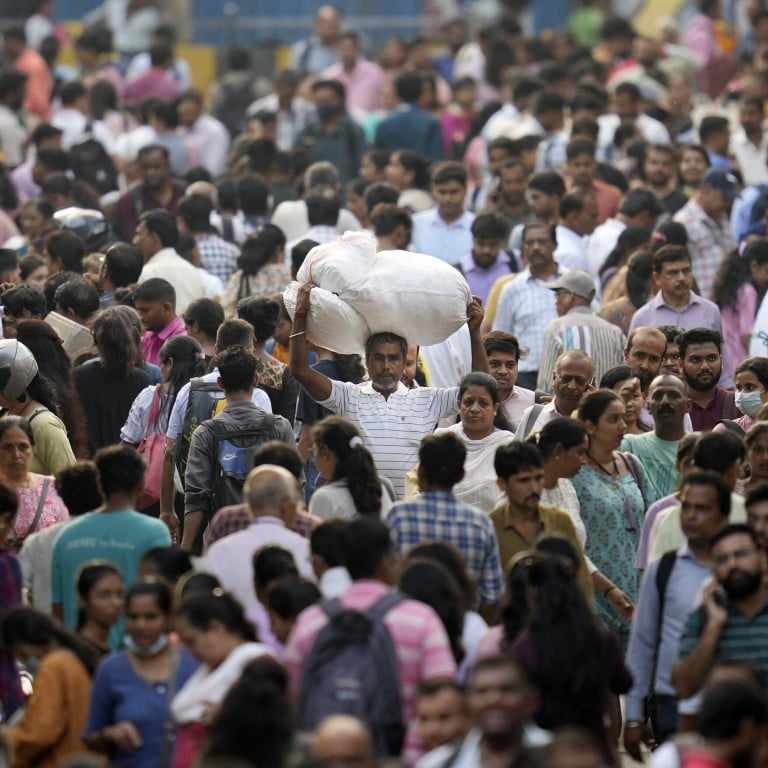
Why India will continue to lag behind China as a global economic power
- Unlike China, India failed to succumb to a Marxist revolution: its old power structures and vested interests continue to shackle economic change
- This, plus a lack of investment in education, health, social welfare and other key infrastructure, means India’s progress will be slow
Over a 40-year career trying to understand the dynamics behind the extraordinary emergence of Asia’s economies, perhaps only one question has attracted more debate than whether or when mainland China will attack Taiwan: why has India always lagged behind China, and is that about to change?
But India, for more than 40 years, has remained a miracle about to happen. Back in the 1980s, along with thousands of other Western companies, my then-employer the Financial Times was wrestling with how best to focus its Asian expansion plans: prioritise Hong Kong, focused on the China market, or in Mumbai, focused on India?
For FT bosses, the answer was obvious: India was the world’s largest English-speaking market, the world’s most populous democracy, and home to one of the world’s largest equity markets. It also had long-standing links with Britain.
Arguments that China’s leadership was far more pragmatic and seriously committed to opening up to international trade and investment, with the foundations of an urban-industrial psychology that contrasted with India’s profoundly rural-agrarian mindset, were brushed aside. To the best of my knowledge, the FT is still battling to publish in India.
My deep doubt that India can become a top-table power that might serve as a democratic counterweight to China was forged in the 1970s by social scientist Barrington Moore’s Social Origins of Dictatorship and Democracy.
In China, revolution swept away ancient power structures, entrenched corrupt networks and ossified vested interests. Corrupt networks could regrow but the inertial undergrowth that had for a century choked change in China had been cleared, opening the country to a potential for change.
Alok Sheel, a former secretary of India’s Economic Advisory Council, injected some much-needed realism: “If India were to grow at the very optimistic, and currently unlikely, rate of 9 per cent going forward, and China were to slow down to 4 per cent, the Indian economy would be 70 per cent of China’s size by mid-century.”
So many factors sit in the way of sustainable strong growth in India. Nearly 43 per cent of the population works in the farming sector, compared to 25 per cent in China. Underemployment, much of it informal and undocumented, hampers any pathway to higher productivity.
India is far from ready to take China’s place in the global economy
One can juggle data ad nauseam, but the reality of the past 40 years remains unchanged: Indian progress is welcome but slow, and the country will continue to lag behind China.
David Dodwell is CEO of the trade policy and international relations consultancy Strategic Access, focused on developments and challenges facing the Asia-Pacific over the past four decades


